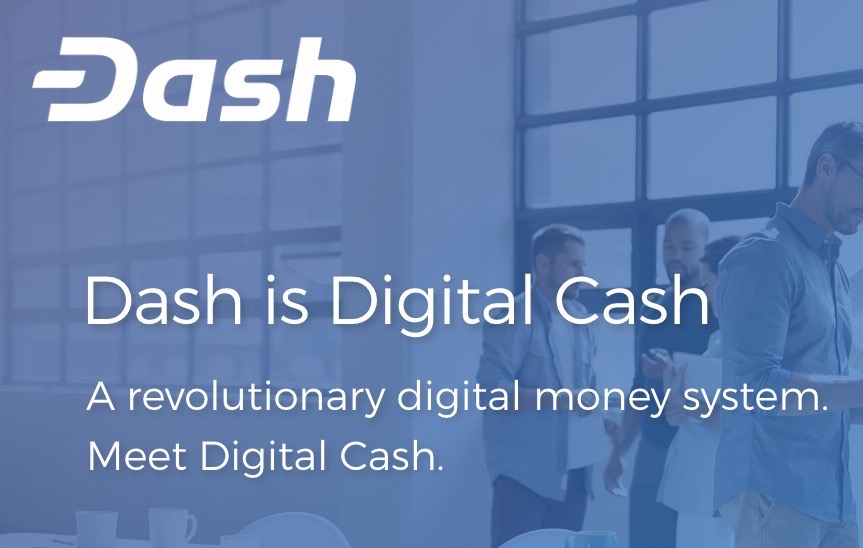Dash (DASH) Review: A Faster and More Private Alternative to Bitcoin
| Dash Key Information | |
| Name | Dash |
| Ticker | DASH |
| Total Supply | 18,900,000 |
| Initial Price | $0.21 |
| Category | Digital Currency |
| Website URL | Go to Dash.org |
| Resources | Read Dash WhitePaper |
Built upon Bitcoin’s core in 2014, Dash is an alternative to Bitcoin, belonging to a new group of cryptocurrencies known as Anonymous Cryptocurrencies. It is best characterized by its use of masternodes to obtain greater anonymity, faster transaction speed, and decentralized governance. Dash’s mission is to ensure its adoption of the digital currency worldwide in the same manner as credit card transactions.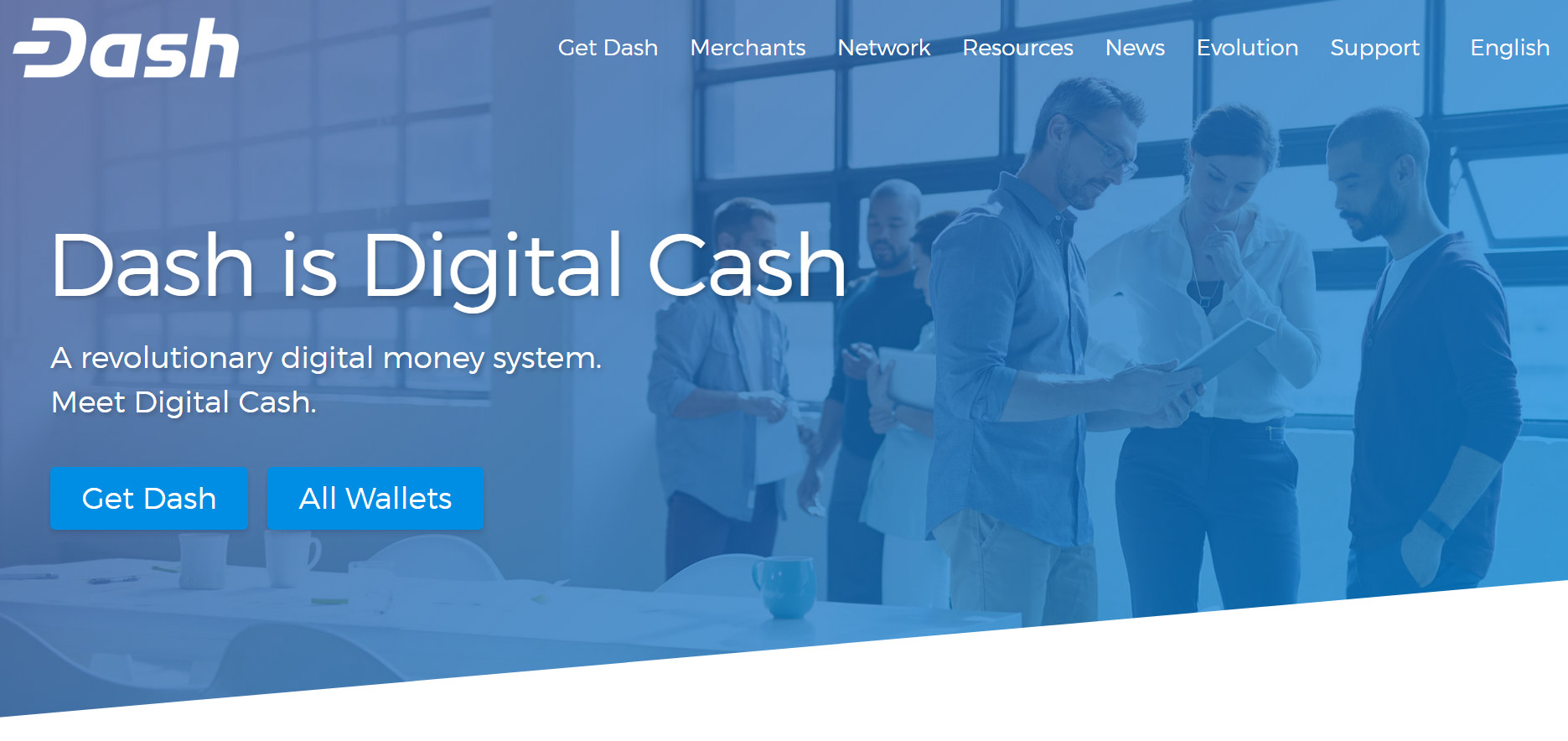
The Idea and the Team Behind Dash
Developed by Evan Duffield after realizing Bitcoin’s limitations of speed and privacy, Dash underwent several evolutions before becoming known as the popular coin it is today. To improve upon Bitcoin, Duffield quickly realized he would have to change the coin’s code. Dash was originally known as XCoin (XCO), then changed its name to DarkCoin, and in 2015 finally become known as Dash.
Ryan Taylor, Dash’s current CEO, explained the essence of the coin in an interview to Nasdaq: “Dash is the first to focus on fixing the many shortcomings of first-generation digital currencies … things like governance, funding, transaction speed and privacy. With all of those fundamental issues solved, Dash is now focused on improving the overall user experience. Privacy is important, but it’s not the only thing users care about. They want ease of use, an ecosystem of useful services relevant to their lives, and support resources to help them navigate this new technology. Dash is uniquely positioned to provide those things.”
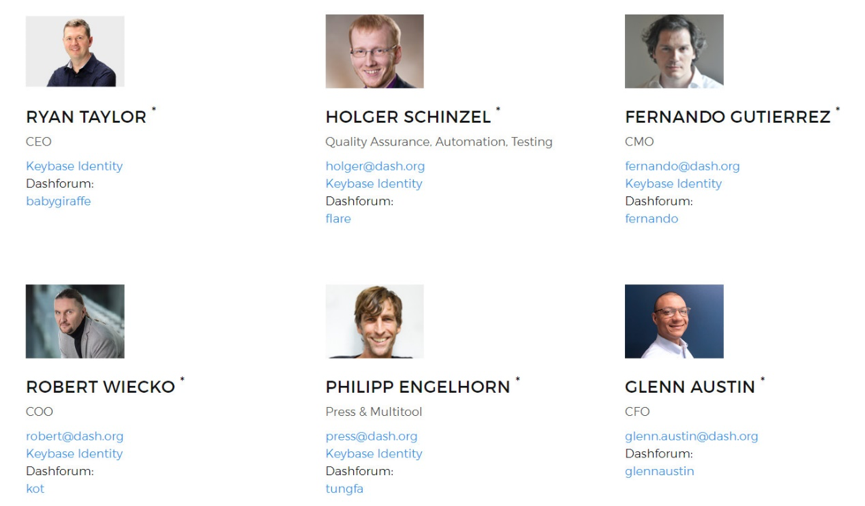
Recently the coin announced that Church’s Chicken in Venezuela now accepts Dash currency. This is in addition to the recent acceptance of it at other fast food restaurants such as Papa Johns, Subway and KFC. Alejandro Echeverria, co-founder of Dash Merchant Venezuela and Dash Text, is working hard to see that the digital currency is accepted in Venezuela. Dash Text supports Venezuelans who do not own smartphones, which is more than half the population. In addition, Dash’s partnership with Kripto mobile has enabled the quick onboarding of thousands of users with a pre-loaded Dash wallet.
Dash Price History
Dash has had an impressive average increase since its founding in 2014. In February of 2014, it traded at $0.21, but had increased to $1.95 in January of 2015. Later in the beginning of July 2017 it traded at $177.95, spiking to $357.68 by the end of August – an increase of 101%.
By the end of 2017 the price of Dash rose to an all-time high of $1,541.99.
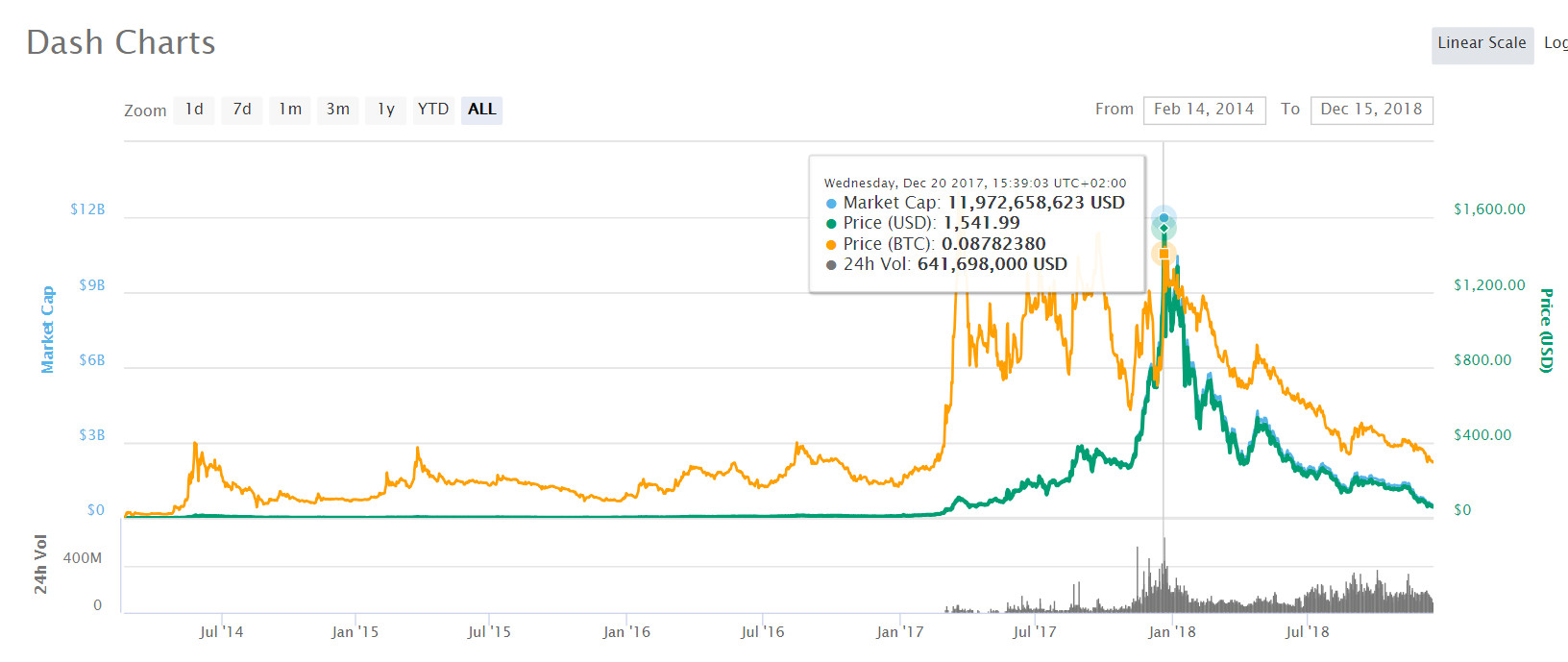
The Dash Technology
With an average block mining time of 2.5 minutes, Dash is four times faster than Bitcoin (whose block time is 10 minutes). The block reward for Dash decreases at a rate of 7.1% each year. Another distinctive feature of Dash is its almost nonexistent transaction fee.
As an alternative to Bitcoin, Dash offers a few unique features:
Masternodes
Masternodes allow Dash to deliver the anonymity, speed and self-governance that its founders desired. The foundation of the system is known as a Proof-of-Service (PoSe) because the masternodes allow the essential services of the system to operate. This includes rejecting blocks if the masternodes find that the block was not formed correctly or if the masternode did not properly allocate the reward to the miners and the system.
But users can also receive Dash by operating a masternode. In order to own a masternode, however, users must have 1000 Dash and have access to a server that can operate the Dash masternode software.
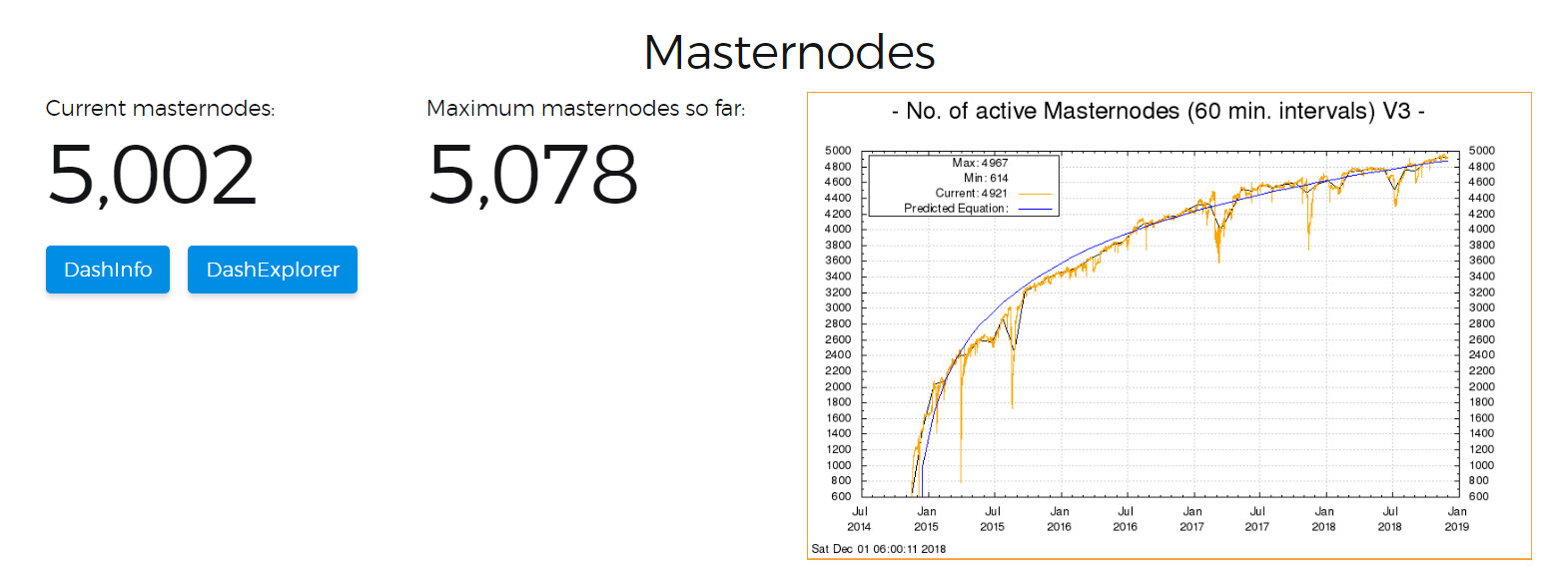
InstantSend
Masternodes allow users to execute and receive instant transactions using a feature called InstantSend. This is in stark contrast with other cryptocurrencies which make users wait anywhere from between 15 minutes to an hour to ensure transactions are irreversible and not a double-spent transaction. Dash’s instant transactions compete with credit card transactions in their speed, which will pave the way for mass adoption of the cryptocurrency by many vendors.
PrivateSend
PrivateSend is a feature of Dash that offers complete anonymity by mixing your transactions with those of others so that the origin of the transaction is hidden. There is a limitation of 1000 of PrivateSend transactions, however.
Decentralized Governance
Dash operates based on a Decentralized Governance by Blockchain, or DGBB, which allows each masternode to vote one time on each proposal. Proposals that masternodes have agreed upon can only then be worked on by developers. In 2016, this governance system was used to expand Dash’s block size to 2 MB.
DGBB is also a means for Dash to fund itself, and is done through the 10% block reward allocated for budgets.
Dash Evolution
The idea behind Dash Evolution, a decentralized platform built on the Dash blockchain technology, is that it enables the easy use of digital cash by all users. You will be able to easily setup a Dash account on the blockchain and make purchases from websites or apps through a single click. 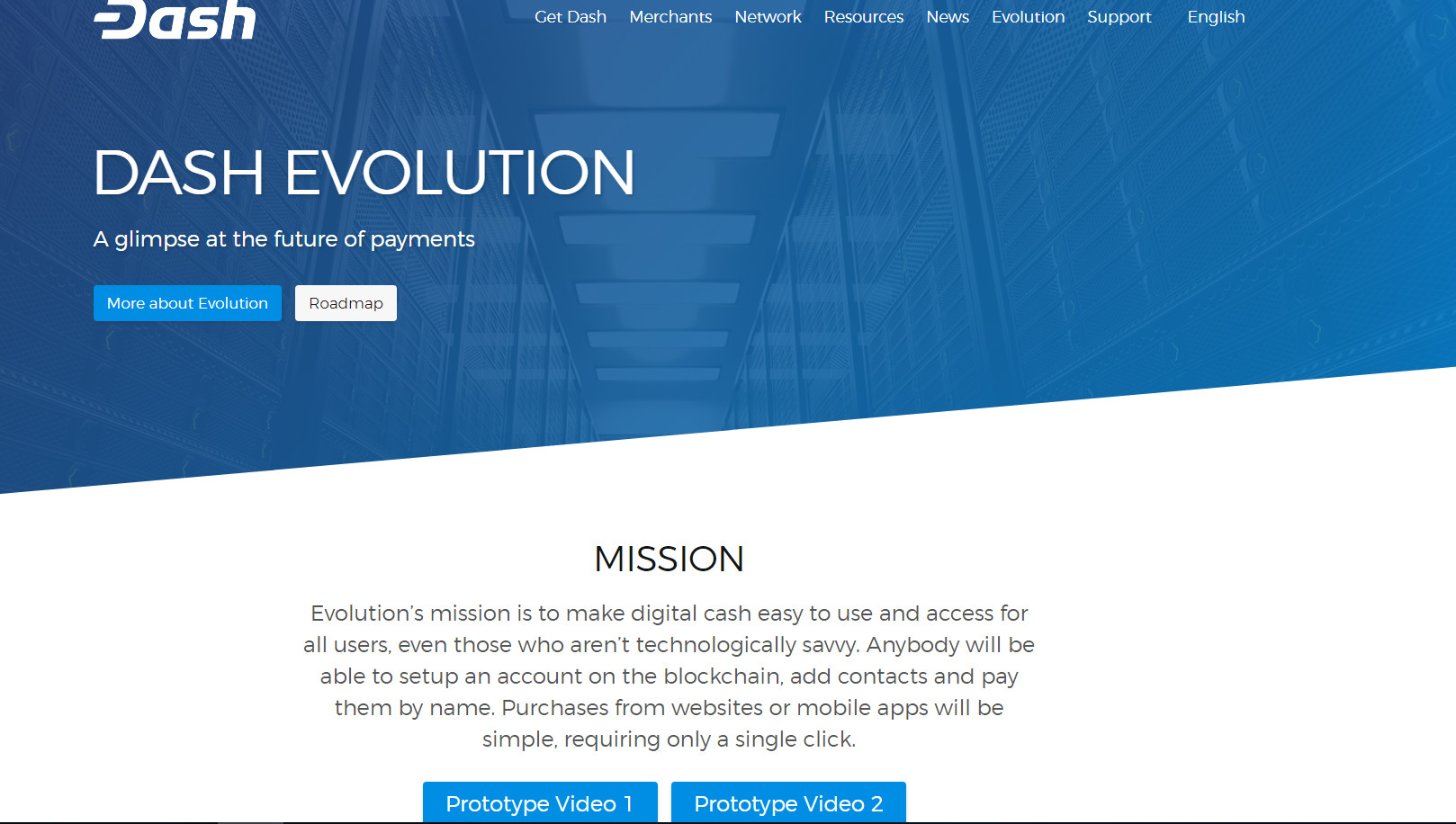
How to Purchase DASH
ZB.com is the main option for purchasing DASH, as well as the exchange where it has the highest volume of trading at over $60 million. It is available for purchasing with ZB and USDT.
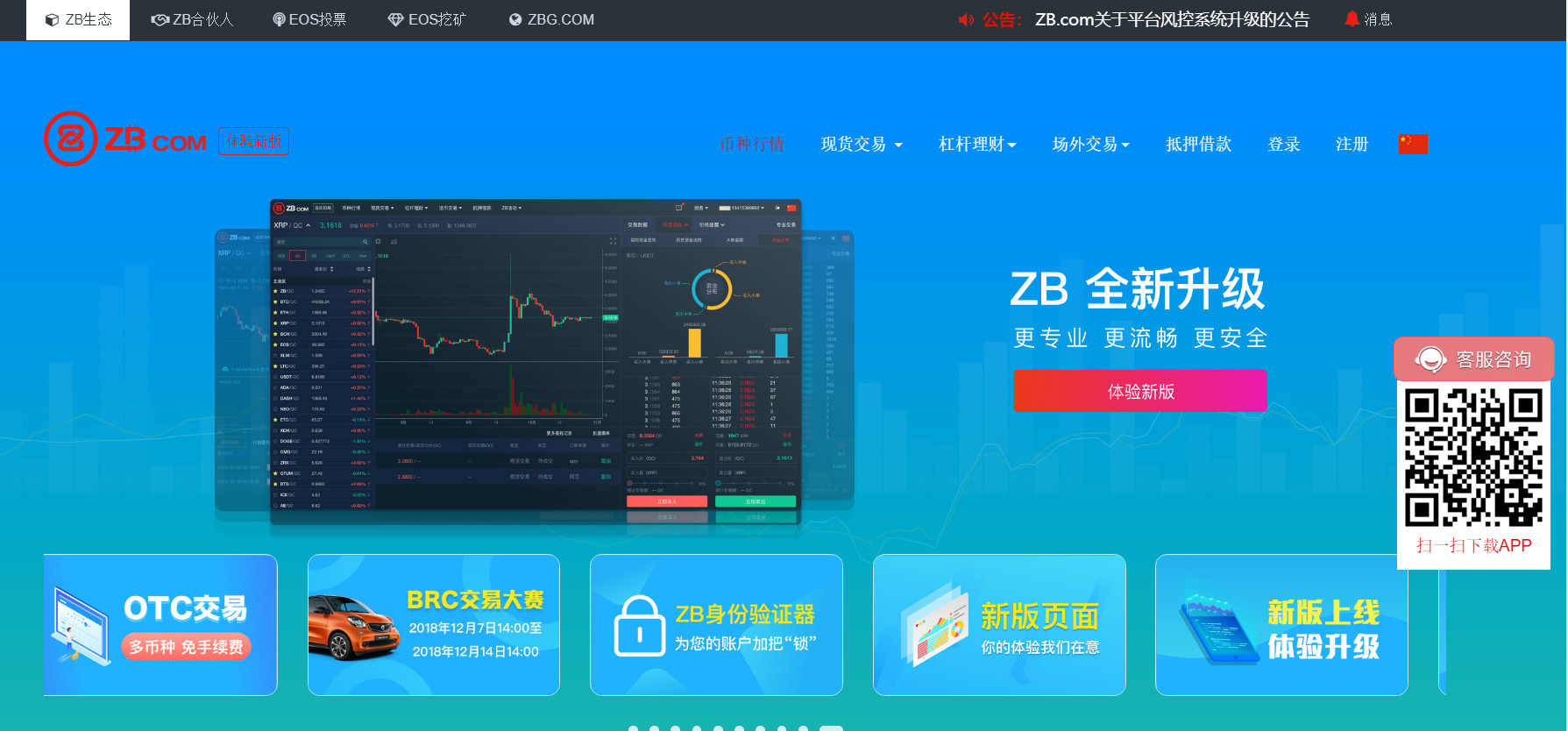
DASH is also available on the following exchanges:
- Exrates (Trade DASH with BTC on Exrates)
- Coinsuper (Trade DASH with BTC on Coinsuper)
- OOOBTC (Trade DASH with BTC on OOOBTC)
- YoBit (Trade DASH with BTC on YoBit)
- LBank (Trade DASH with BTC on LBank)
How to Store DASH
Desktop Wallets
Dash has its own official desktop wallet, Dash Core Wallet, which is the most reliable wallet for support of the coin’s latest updates. Dash Core Wallets are available for download from the Dash website and supported by Windows, MacOSX and Linux.
Other desktop wallets that support the cryptocurrency include Dash copay Wallet, Jaxx, and Dash Electrum Wallet.

Mobile Wallets
Dash Android Wallet and Dash iOS Wallet are mobile wallets that are also available from the Dash website.

Dash Hardware Wallets
In addition, various hardware wallets also support Dash, including KeepKey, Ledger Nano S and Trezor.

How to Mine DASH
Dash can be earned by mining, either via Application Specific Integrated Circuits (ASIC) computers, which can solve Dash’s Proof-of-Work (PoW) algorithm, or via CPU/GPU mining (which is often prohibitively expensive). Miners receive the right to add a block to the blockchain and collect a reward if they are successful in solving the algorithm and consensus is received.
The breakdown of reward is as follows: 45% goes to the miner when a block is added; 45% goes to the masternodes; and the remaining 10% is set aside for the budget.
The Dash website includes a list of mining pools on their website.
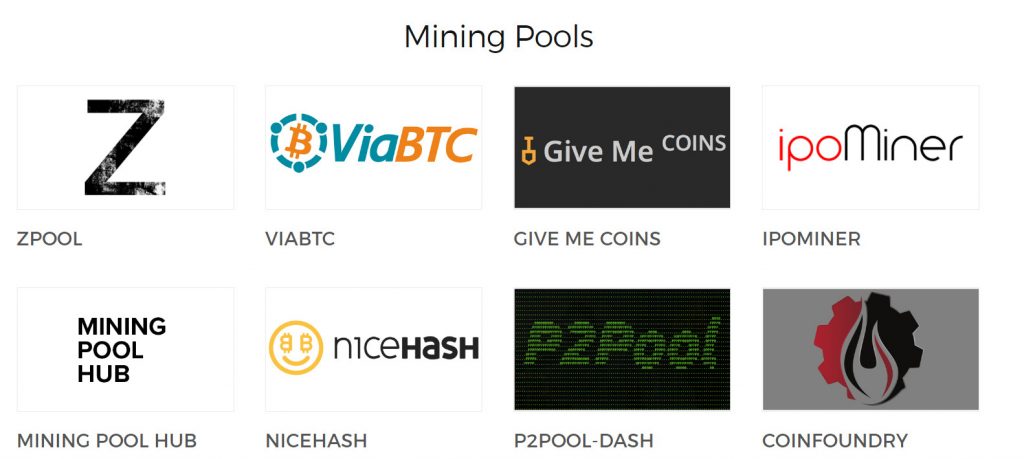
Roadmap and Future Plans
Dash’s roadmap is available on their website but is currently being updated. The company publishes news on its latest integrations, partnerships, and upgrades each week on its social media.

